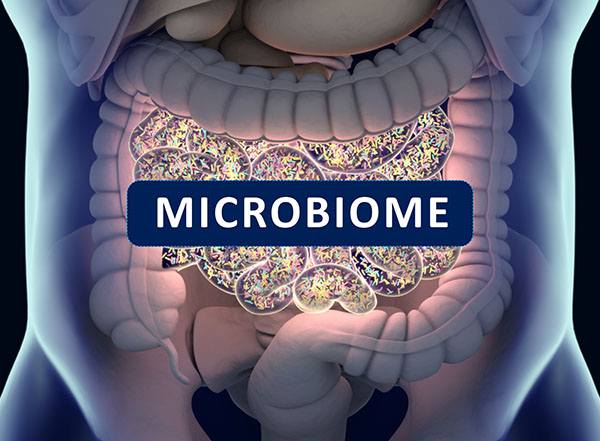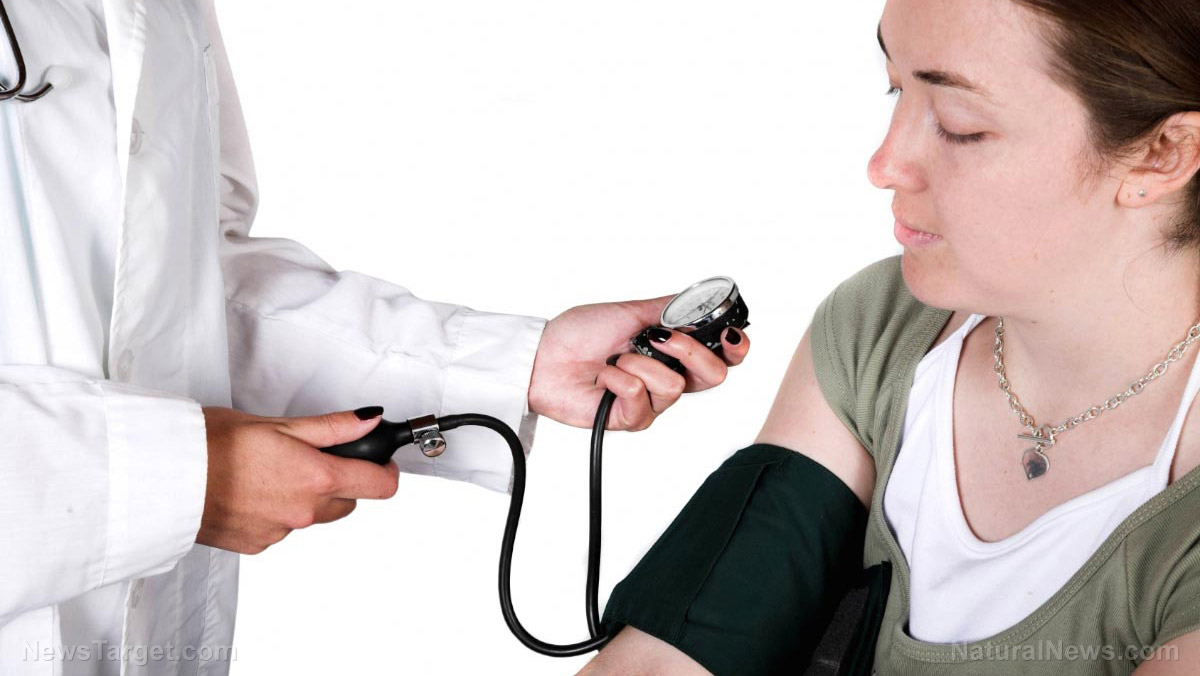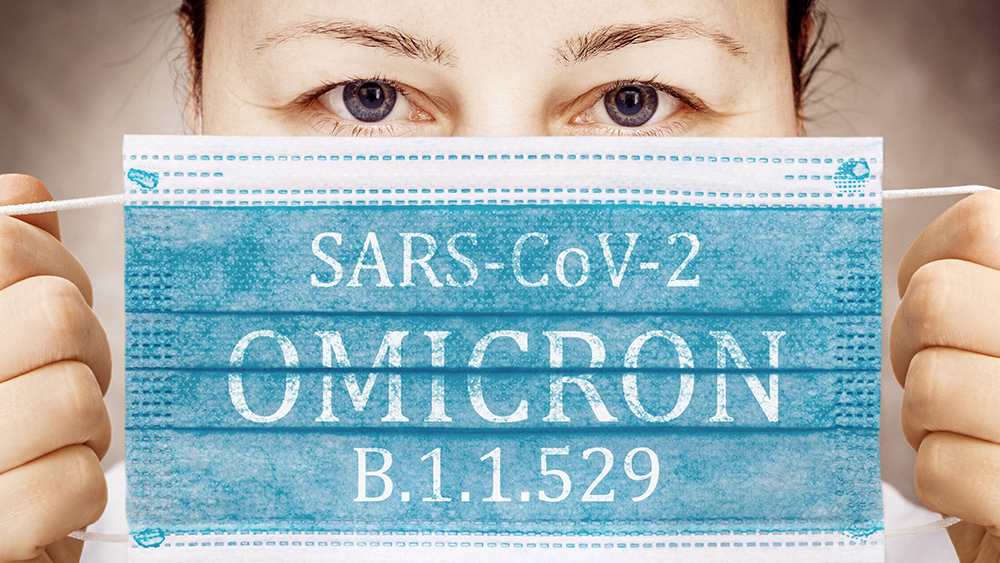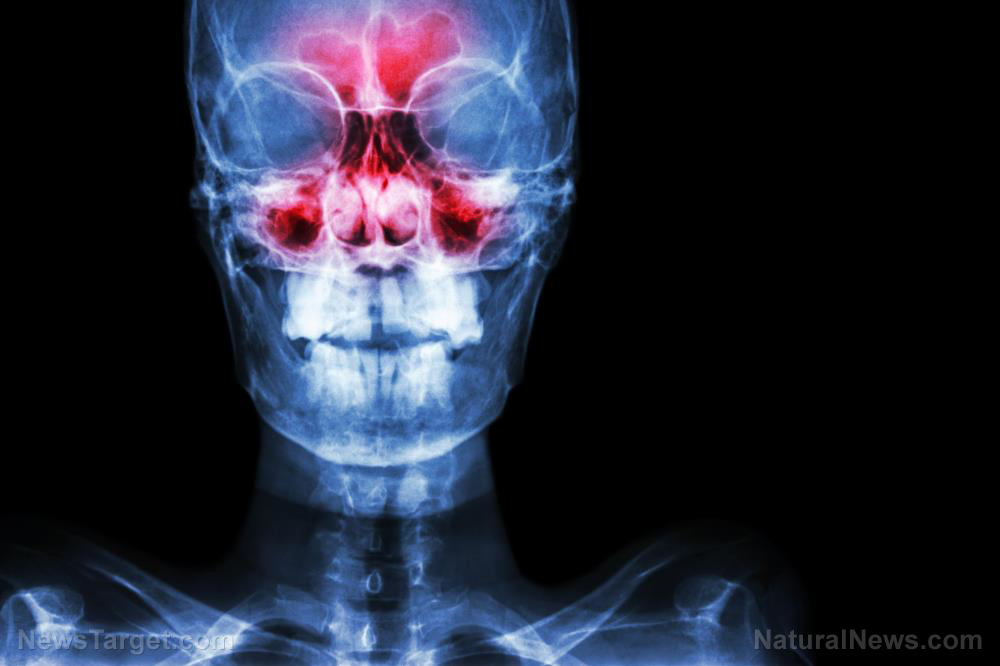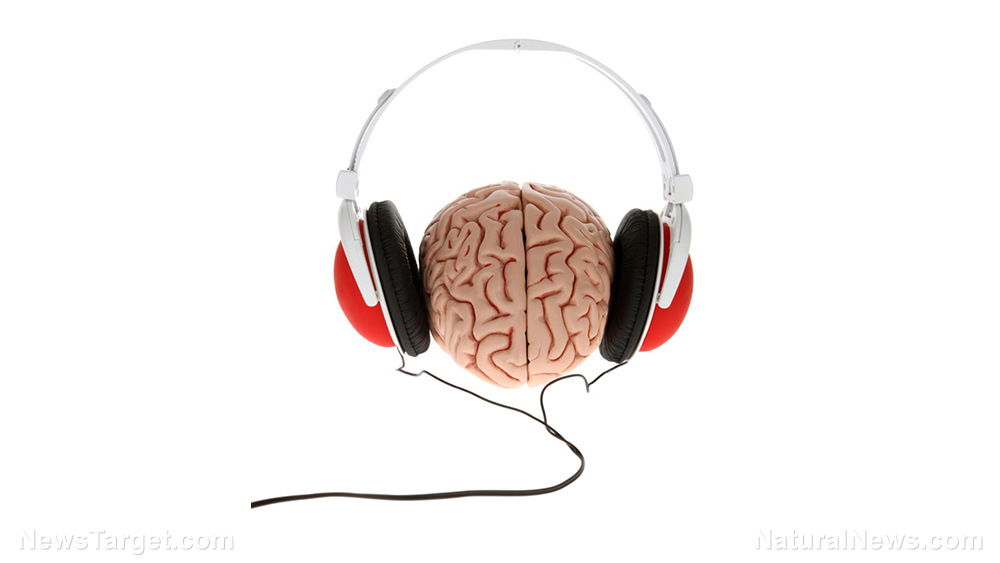STUDY: These prescription medications can increase your risk of depression
07/07/2023 / By Evangelyn Rodriguez

A great number of Americans — more than 131 million, according to the Health Policy Institute at Georgetown University — use prescription drugs. In 2021, this constituted about 66 percent of all adults in America who were either old or suffering from one of five common chronic conditions, namely arthritis, cancer, diabetes, heart disease and hypertension.
Data shows that 89 percent of people with arthritis and 98 percent of diabetics are heavily reliant on prescription medications. In fact, adults with diabetes fill about four times as many prescriptions as the general population. As of 2020, the U.S. Food and Drug Administration (FDA) has approved over 20,000 prescription drugs for marketing, with the leading drug classes being antihypertensives, pain relievers and psychiatric medications.
Despite their prevalence, the use of prescription medications comes with several disadvantages, chief among which are rising costs and serious side effects. A 2014 study by American researchers found that from 2009 through 2011, adverse events due to prescription drug use, particularly psychiatric medications, have led to over 89,000 emergency department visits, 19.3 percent of which ended up in hospitalization.
Depression and suicidal behavior are also among the most common adverse effects associated with prescription drug use. According to a 2016 study, the FDA has labeled more than 125 prescription medications with the potential to trigger suicidal ideation and behavior. As confirmed by a more recent study published in JAMA, the use of one or more medications that trigger depression is common among adults in the U.S., with the overall estimated prevalence showing an increasing trend year after year.
Jump in depression rates in America linked to increasing use of prescription medications
As of February 2023, the percentage of American adults who have been diagnosed with depression at some point in their lifetime has reached 29 percent, nearly five percentage points higher than in 2015. Meanwhile, the number of people currently being treated for depression has increased to 17.8 percent. These data came from the latest survey conducted by Gallup, which involved over 5,000 adults from across all 50 U.S. states and the District of Columbia.
According to the survey results, the rate of depression among American women has increased at nearly twice the rate of men since 2017. Over one-third of women (36.7 percent) have now been diagnosed with depression compared with only 20.4 percent of men. In 2021, an estimated 22 percent of adults in North America reported experiencing severe depression or anxiety that prevented them from doing their daily activities for two weeks or longer. (Related: Survey reveals mass mental illness in Gen Z, with 57% of young people now taking medication just to cope.)
While the significant rise in depression rates in 2021 could be attributed to the pandemic and government-mandated lockdowns, this upward trend in depression cases is not new in America. Research shows that from 2009 to 2012, depression was estimated to affect only five percent of American adults. But in 2011 and 2012, surveys in U.S. households revealed that an estimated 28.7 percent of U.S. adults with depression symptoms were undiagnosed and untreated.
During that same period, approximately 15 percent of all American adults were estimated to be using five or more prescription medications, most — if not all — of which are suspected to cause depression. To explore how frequently American adults use prescription medications with depression as a potential adverse effect, the JAMA study analyzed data from five two-year cycles (2005 to 2006 through 2013 to 2014) of the National Health and Nutrition Examination Survey.
The nationally representative surveys included adults 18 years and older. Researchers from the University of Illinois Chicago and Columbia University analyzed three sets of data: that of all the adults; that of adults using one or more prescription medications except antidepressants; and that of adults diagnosed with hypertension who were also using antidepressants.
Data analyses revealed that the overall estimated prevalence of use of medications that can cause depression in America is 37. 2 percent, with the trend jumping from 35 percent in 2005 to 2006 to 38.4 percent in 2013 to 2014. The number of people taking three or more of these prescription medications also increased from 6.9 percent to 9.5 percent. (Related: Some prescription drugs can form cancer-causing chemicals in your stomach, reports study.)
Excluding data from people who use antidepressants, the researchers found that the number of medications used with depression as a possible adverse effect is associated with an increased prevalence of concurrent depression. Those who reported using three or more medications had a 15 percent estimated prevalence of depression, which is significantly higher than the 4.7 percent estimated prevalence for those not using such medications.
“These patterns persisted in analyses restricted to adults treated with antidepressants, among hypertensive adults, and after excluding users of any psychotropic medication,” the researchers wrote in their report. Based on their findings, they concluded that the use of multiple prescription medications is linked to a greater likelihood of concurrent depression.
Commonly prescribed medications that increase the risk of depression
Here is the list of medications the JAMA study investigated for their potential to cause depressive (non-suicidal) symptoms:
- Analgesics: cyclobenzaprine, fentanyl, acetaminophen/hydrocodone, ibuprofen, indomethacin, morphine, nabumetone and oxycodone
- Antihypertensives: atenolol, atenolol/chlorthalidone, betaxolol, bendroflumethiazide/nadolol, brimonidine, brimonidine/timolol, dorzolamide/timolol, enalapril, hydrochlorothiazide/metoprolol, hydrocodone, metolazone, metoprolol, nisoldipine, quinapril, telmisartan, timolol and trandolapril
- Corticosteroids: betamethasone, cortisone, dexamethasone, methylprednisolone, prednisolone, prednisone and triamcinolone
- Gastrointestinal agents: atropine/diphenoxylate, cimetidine, dexlansoprazole, esomeprazole, famotidine and omeprazole
- Hormones/hormone modifiers: anastrozole, bicalutamide, cabergoline, conjugated estrogens, conjugated estrogens/medroxyprogesterone, desogestrel/ethinyl estradiol, dienogest/estradiol, drospirenone/ethinyl estradiol, drospirenone/ethinyl estradiol/levomefolate, esterified estrogens, esterified estrogens/methyltestosterone, estradiol, estradiol/norethindrone, estropipate, ethinyl estradiol/ethynodiol, ethinyl estradiol/etonogestrel, ethinyl estradiol/levonorgestrel, ethinyl estradiol/norethindrone, ethinyl estradiol/norgestimate, ethinyl estradiol/norgestrel, etonogestrel, exemestane, goserelin, hydroxyprogesterone, medroxyprogesterone, megestrol, norethindrone, tamoxifen and testosterone
- Respiratory agents: cetirizine
- Other therapeutic classes:
- HIV/AIDS – abacavir/lamivudine, emtricitabine, maraviroc
- Hypertension – acebutolol, clonidine, methyldopa, metolazone, prazosin, propranolol
- Psoriasis – acitretin
- ADHD – amphetamine/dextroamphetamine, dexmethylphenidate
- Muscle spams – baclofen, oxybutynin, dantrolene, tizanidine
- Obesity – benzphetamine, phentermine
- Hyperparathyroidism – cinacalcet
- Immunosuppressive agent – cyclosporine
- Dementia/Alzheimer’s disease – donepezil, galantamine
- Anorexia (HIV/AIDS- and cancer-induced) – dronabinol
- Cancer – erlotinib, sorafenib
- Arrhythmia – flecainide, propafenone
- Schizophrenia – fluphenazine, haloperidol
- Bacterial infections – metronidazole
- Tourette syndrome, resistant tics – pimozide
- Parkinson’s disease – rasagiline, rotigotine
Here are the medications with the potential to cause suicidal symptoms:
- Analgesics: acetaminophen/tramadol, hydropmorphone, tapentadol and tramadol
- Anticonvulsants: carbamazepine, clonazepam, diazepam, ethosuximide, gabapentin, lamotrigine, levetiracetam, lorazepam, methsuximide, 0xcarbazepine, phenytoin, pregabalin, topiramate, valproic acid and zonisamide
- Antidepressants: amitriptyline, amitriptyline/chlordiazepoxide, amitriptyline/perphenazine, bupropion, citalopram, clomipramine, desipramine, desvenlafaxine, doxepin, duloxetine, escitalopram, fluoxetine, fluoxetine/olanzapine, fluvoxamine, imipramine, milnacipran, mirtazapine, nefazodone, nortriptyline, paroxetine, phenelzine, protriptyline, selegiline, sertraline, trazodone, venlafaxine and vilazodone
- Anxiolytics, hypnotics and sedatives: alprazolam, butabarbital, chlordiazepoxide, clonazepam, clorazepate, diazepam, doxepin, eszopiclone, flurazepam, pentobarbital, ramelteon, triazolam, zaleplon and zolpidem
- Gastrointestinal agents: metoclopramide
- Hormones/hormone modifiers: finasteride, leuprolide, levonorgestrel, oxandrolone and progesterone
- Respiratory agents: montelukast, ribavirin, roflumilast and zafirlukast
- Other therapeutic classes:
- Alcoholism – acamprosate, naltrexone (also for opioid use disorder)
- Parkinson’s disease – amantadine, carbidopa/levodopa, carbidopa/entacapone/levodopa
- Narcolepsy/sleep disorders – armodafinil, modafinil
- Schizophrenia, mania, bipolar I disorder – aripiprazole, asenapine, iloperidone, lurasidone, olanzapine, quetiapine, risperidone
- ADHD – atomoxetine, methylphenidate
- Bacterial infections – ciprofloxacin, moxifloxacin, ofloxacin
- Leprosy – dapsone
- HIV/AIDS – efavirenz, efavirenz/emtricitabine/tenofovir, raltegravir
- Multiple sclerosis – interferon beta-1a, interferon beta-1b, natalizumab
- Severe acne – isotretinoin,
- Dementia, Alzheimer’s disease – memantine, rivastigmine
- Malaria – mefloquine
- Hepatitis C and B – peginterferon alfa-2a
- Obesity – sibutramine,
- Chorea due to Huntington’s disease – tetrabenazine
- Smoking – varenicline
Prescription medications have long been linked to serious side affects that considerably reduce a person’s quality of life. You can read more stories about the dangers of pharmaceutical drugs at PrescriptionWarning.com.
Watch this video of Dr. Jane Ruby discussing the adverse effects of hormone-mimicking drugs and Ozempic, an anti-diabetic and anti-obesity injection.
This video is from the Dr. Jane Ruby channel on Brighteon.com.
More related stories:
10 Classes of medication that can cause or worsen DEPRESSION.
Heart disease risk skyrockets 13,200% following covid injections, CDC admits.
7 SCARIEST prescription medications, according to Big Pharma’s own warnings.
Sources include:
Submit a correction >>
Tagged Under:
beat depression, Big Pharma, depression systems, health science, men's health, mental health, mind, mind body science, pharmaceutical fraud, Prescription drugs, psychiatry, real investigations, research, suicidal symptoms, women's health
This article may contain statements that reflect the opinion of the author
RECENT NEWS & ARTICLES
HealthScience.News is a fact-based public education website published by Health Science News Features, LLC.
All content copyright © 2018 by Health Science News Features, LLC.
Contact Us with Tips or Corrections
All trademarks, registered trademarks and servicemarks mentioned on this site are the property of their respective owners.



